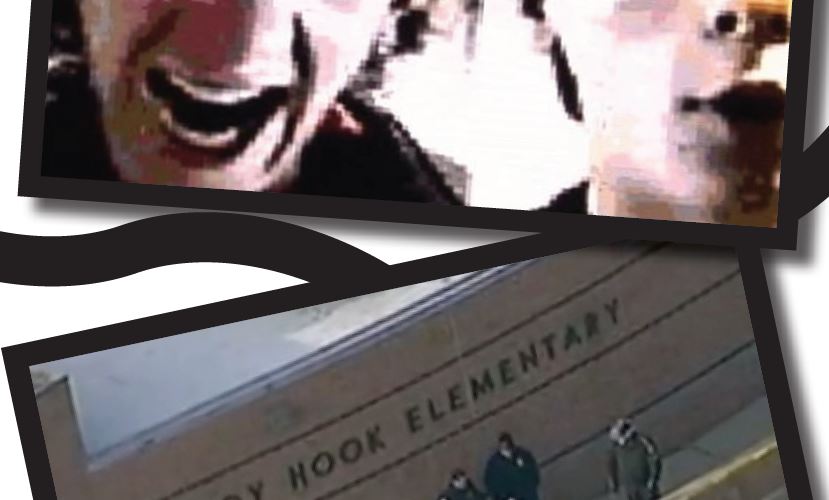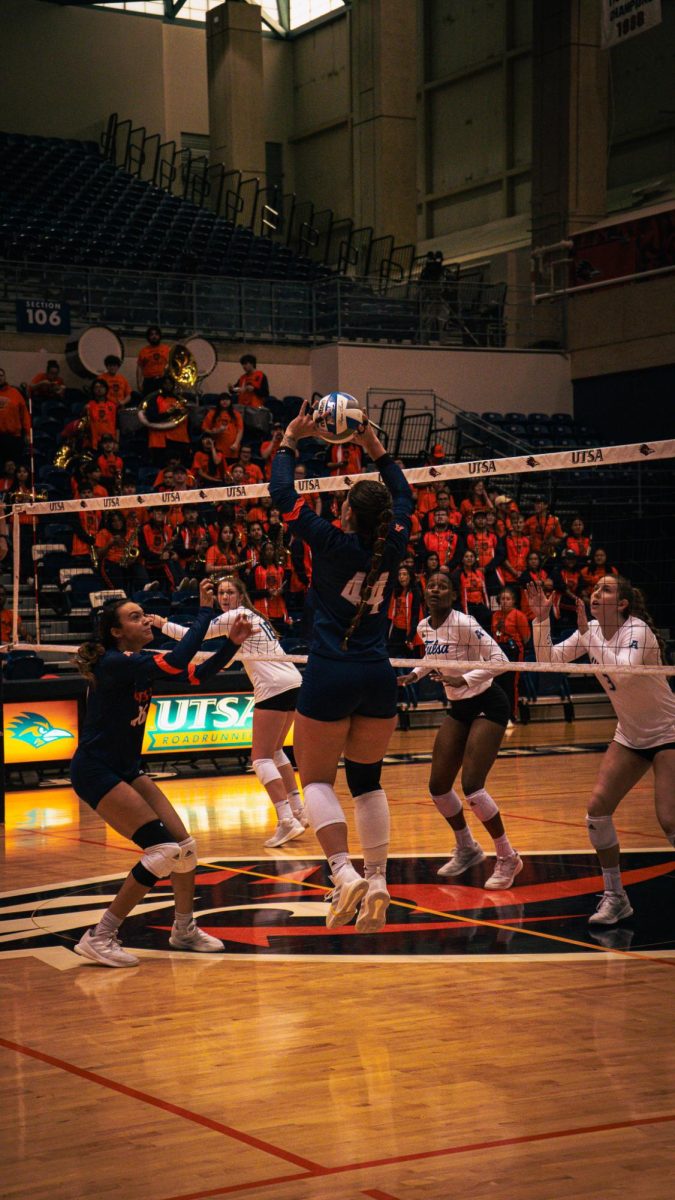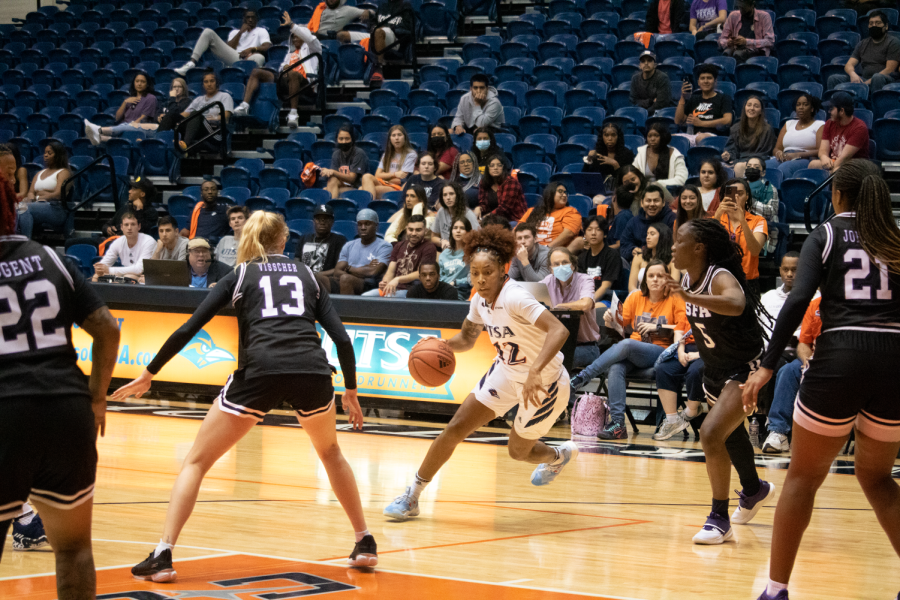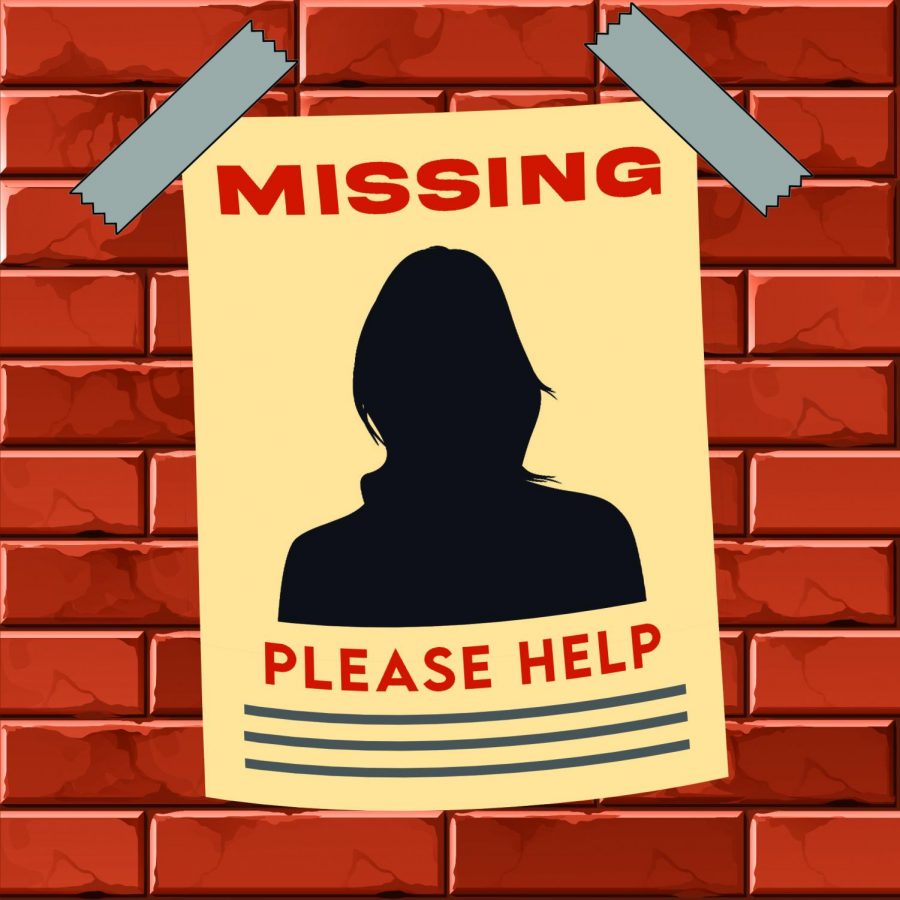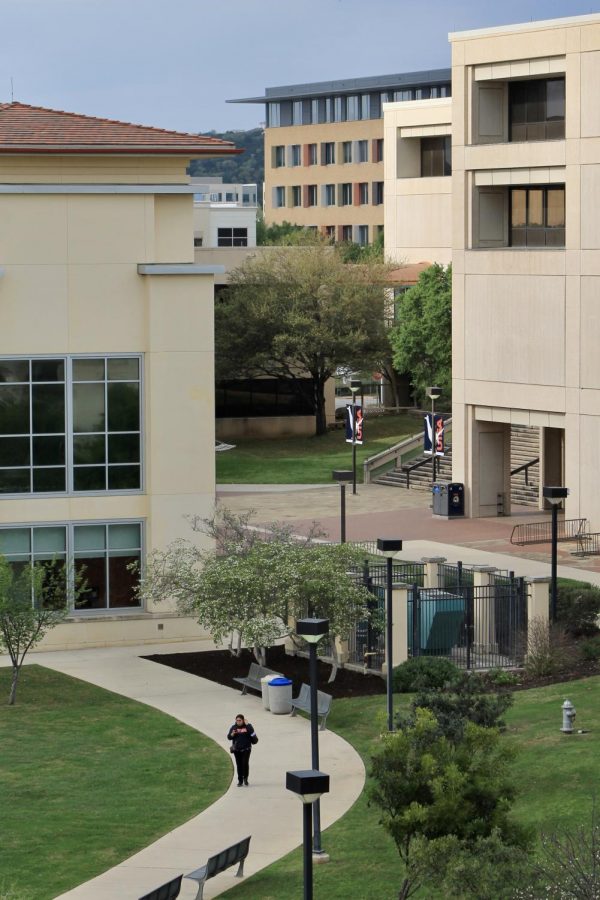The resurgence of ‘90s trends is indicative of our love for the decade that a majority of us were born in. Despite our enamoredness, many of us
were probably too young to have experienced all that the ‘90s had to offer. We love to celebrate the popular culture of the time, but we’ve also inherited decades-old problems that have only intensified. Read on for some ‘90s history that might feel a bit more familiar than nostalgic.
AWFUL MUSIC FESTIVALS
Summer 2017’s poorly executed Fyre Festival defrauded attendees out of thousands of dollars in ticket prices, but at least it didn’t literally end in flames. Woodstock ’99 was set to be the decade’s own celebration
of love and peace, but festival conditions—100-degree heat, and exorbitantly priced food and water in limited quantities—ensured the festival quickly devolved into chaos. There were few water fountains onsite, which made for huge lines and hours-long wait times. Attendees began taking over vendor booths and trailers, and breaking into ATMs for cash. The vandalism and rioting quickly gave way to fan-on-fan violence, with four alleged rapes.
The festival ended with the Red Hot Chili Peppers performing a cover of Jimi Hendrix’s “Fire,” very much a cheeky reference to the bonfires breaking out during their festival-closing set. Attendees flipped and set vehicles on fire and ran rampant on festival grounds—some attempting to escape the mayhem and others evading arrest. During the festival, 44 arrests were made, including one arrest for sexual assault (though several were rumored to have occurred). Around 1,200 people were admitted to the on- site medical facility, with more than 700 treated for heat exhaustion and dehydration.
PRESIDENTIAL PARODIES
Years earlier, Bill Clinton, the nation’s soon to be 42nd president, forever changed the way politicians attract young voters when he appeared on “The Arsenio Hall Show” in June 1992. Clinton, having just won the California primary along with the Democratic nomination for president, performed a saxophone rendition of “Heartbreak Hotel”—in a suit and a pair of sunglasses no less. Clinton’s performance only fed the public’s “on my way to steal your girl” perception of him. This image was solidified in 1998 following the Monica Lewinsky scandal, when it was revealed President Clinton had an affair with 22-year-old Washington intern Monica Lewinsky.
Interestingly, his approval ratings following the investigation into the affair reached their highest point in 1998. This unorthodox media appearance paved the way for later politicians, including 44th President Barack Obama and presidential hopeful Hillary Clinton, who were interviewed on Zack Galifianakis’ deeply uncomfortable yet hilarious web series “Between Two Ferns.” Obama, Clinton and Donald Trump made appearances as themselves on “Saturday Night Live” during their presidential campaigns. Official social media accounts have also emerged as lines of communication between politicians and their constituents, adding another evolution to 21st century political engagement.
Like his presidential successors George W. Bush, Barack Obama and Donald Trump, Bill Clinton was also parodied on “Saturday Night Live” throughout his presidency. From 1992 to 1994, Phil Hartman portrayed Clinton as a southern goofball. His most famous portrayal of Clinton was in the “President Bill Clinton at McDonald’s” sketch where he charms McDonald’s customers while eating their food. Hartman left the show later in 1994, but reprised the Clinton role for a sketch on Jay Leno’s “Tonight Show” in 1998 following the Lewinsky scandal. SNL cast member Darrell Hammond would take over the role in 1994, continuing his appearances as Clinton as recently as 2016. Hammond’s portrayal also played up to Clinton’s playboy image, his voice, facial expressions and hand gestures rivaled Hartman’s in terms of critical acclaim. Clinton enjoyed Hammond’s impression so much, he even had Hammond portray him during the 1997 Correspondent’s Dinner.
SCIENTIFIC BREAKTHROUGHS
The biggest scientific breakthrough in the 1990s occurred on July 5, 1996 when Dolly, the first cloned sheep, was born in a lab. Dolly’s cloning would go on to influence efforts to advance stem cell research. Gene cloning and editing have made great strides in the last 20 years; the most recent development is the use of CRISPR (Clustered Regularly Interspaced Short Palindromic Repeats), a new gene editing technology that allows scientists to alter any kind of DNA. This method of genome editing can potentially offer new ways of treating stubborn cancers and diseases, making it one of the greatest scientific breakthroughs of the decade.
The world of computing has also seen immense advances. In 1997, IBM’s Deep Blue computer beat world chess champion Garry Kasparov. This victory marked the first instance in which a computer could call on logic and foresight—two skills which are hallmarks of human intelligence–to achieve a goal. In 2017, Deep Blue’s descendant, Watson, used machine learning and natural language processing to approach problems in a variety of fields including science, law and government. Watson’s personal victory came near the beginning of 2011, when it beat two of “Jeopardy’s” biggest winners, Brad Rutter and Ken Jennings.
MASS SHOOTINGS
These days, It feels as though every shooting becomes known as “the deadliest shooting in U.S. history” until another happens a few months later and receives the same designation. The last seven years have seen the deadliest shooting-related domestic terrorism, but the frequency of mass shootings isn’t unique to this decade. The ‘90s saw several mass shootings take place, with many having occurred in schools.
From 1990 to 1999, 23 mass shootings took the lives of at least 149 people and injured 195. The deadliest mass shooting of the ‘90s occurred
on Oct. 16, 1991, when George Jo Hennard crashed his pickup truck
into a Luby’s restaurant in Killeen, TX and fired into the crowd of diners with a semiautomatic pistol, killing 23. The deadliest mass shooting in recent history took place on Oct. 1 of this year, when 64-year-old Stephen Paddock opened fire into a crowd at a country music festival in Las Vegas, killing 59 and injuring more than 500 others. This shooting replaced the Orlando nightclub shooting as the deadliest shooting in U.S. history, in which 49 people were killed and 58 were injured only a year and three months prior. The deadliest mass shooting in Texas history took place on Nov. 1 of this year, when Devin Patrick Kelley opened fire at the First Baptist Church in Sutherland Springs.
SCHOOL SHOOTINGS
The frequency of school shootings is also not unique to the 2010s, as
47 were killed and 121 were injured inside learning institutions between 1990 and 1999. The most devastating school shooting occurred on April
21, 1999 when 18-year-old Eric Harris and 17-year-old Dylan Klebold killed 15 students and staff and injured 21 others. This school shooting sparked a panic over goth culture, gun culture, heavy internet usage, antidepressants and violent video games; the media even blamed the shooting on goth rocker Marilyn Manson. Harris and Klebold weren’t even fans of Manson’s music.
The shooting eventually inspired several subsequent school shootings in the 2000s well into the 2010s, including the Sandy Hook Elementary School shooting in Newtown, Connecticut. The Sandy Hook shooting on Dec. 14, 2012 is the most devastating school shooting in recent history. Adam Lanza, 20, took the lives of 20 children and six adults in the rampage. Even today, the habits of mass shooters are heavily dissected and scrutinized, often misattributing fault and overlooking other possible causes.
ACTS OF TERRORISM
The ‘90s witnessed several acts of domestic and foreign terrorism, most notably the World Trade Center Bombing on Feb. 26, 1993 and the Oklahoma City Bombing on April 19, 1995. The World Trade Center Bombing was carried out by six radical Islamic fundamentalists, whose coordinated attack was intended to bring down the towers. The terrorists planted a parked rental van holding a massive homemade bomb beneath the towers and lit the fuses. The bomb failed to dismantle the structural integrity of the towers, resulting in six deaths and injuring over 1,000 people — far fewer than the assailants had hoped for. The mastermind behind the attack, Ramzi Ahmed Yousef, was found to have ties to al-Qaeda leader Osama bin Laden, who masterminded the attacks on the World Trade Center on Sept. 11, 2001.
Two years later in 1995, former U.S. Army soldier Timothy McVeigh carried out the Oklahoma City bombing. McVeigh parked
a rental van which housed a powerful homemade bomb in front of the Alfred P. Murrah Federal Building in downtown Oklahoma City, killing 168 people and injuring almost 700 others. Given the recent World Trade Center Bombing, officials initially believed the attack had been conducted by Middle Eastern terrorists, a stereotyping trend that continues to this day. McVeigh was arrested only an hour and a half after the bombing for driving without a license plate and carrying a concealed weapon. He also had a history of holding extremist and neo-nazi views. Following an exhaustive FBI investigation, McVeigh was eventually tied to the bombing and charged along with two other co-conspirators. Seventeen years later, on April 15, 2013, brothers Dzhokhar Tsarnaev and Tamerlan Tsarnaev carried out the Boston Marathon Bombing, which took the lives of three civilians and injured 264 others.
RACE RELATIONS
In the years since 2010, the U.S. has had several riots, protests and demonstrations concerning police brutality against people of color, especially after the deaths of over 30 African American men at the hands of police officers. In 1991, four Los Angeles officers and their sergeant beat L.A. taxi driver Rodney G. King after a high-speed chase in which he was being pursued for driving while intoxicated.
A nearby onlooker, George Holliday, recorded the beatings and shared them with a local news station. Two other passengers who were with King at the time also sustained injuries in the altercation. King was hit with batons at least 56 times. In 1992, a trial ensued and all four officers involved in the beatings were eventually acquitted of all charges—much to the public’s dismay. The majority-minority South L.A. neighborhoods began rioting in the streets soon after the verdicts were handed down, and so began the six-day long event now known as the 1992 Los Angeles riots. Over 60 people were killed during the riots, with more than 2,000 people seeking treatment for injuries sustained. LAPD sergeant Stacey Koon and LAPD officer Laurence Powell—both on site for the riots—were eventually convicted of federal civil rights violations and served 30 months in prison.
GENERATIONAL STRUGGLES
Gen-Xers and Millennials tend to be depicted in the media as pitted against each other when, in reality, their struggles have continued into the 21st century and become our own. In the late ‘90s, when Gen-Xers were entering the workforce out of high school and into college, they were hit by a strong recession, and later, the burst of the dot-com bubble. While millennials are feeling the effects of the most recent recession, Gen-Xers were the hardest hit because many had just purchased their first home while still carrying the burden of student loan debt.
Millennials also struggle with crippling student loan debt, with many being relegated to work unpaid internships and entry-level positions in the hopes of eventually securing a living income however far in the future. For Gen- Xers, upward mobility is harder, as many baby boomers in corporate ladder-type positions are occupying their corner offices for longer than ever before. Not only have Gen-Xers been dealing with struggles our generation is only just starting to inherit, they have the added weight of raising families while caring for their parents.
CULTURE TROLLS
The emergence of social media in the last few years has changed the way we communicate and connect with each other, giving us new platforms to share thoughts and ideas. It’s also given a platform to purveyors of unpopular speech, mainly coming from the “alt-right” that has emerged following the campaign and eventual presidency of Donald Trump. These individuals are usually viewed as trolls who hold extremist views with regards to homosexuality, race/ethnicity, feminism and immigration. They share their views in attempts to upset the mainstream and antagonize public sensibility. Today, we have voices such as Milo Yiannopoulos and the Sassy Gay Republican Twitter account to look to for the usual hate-filled rhetoric, while most of the dirt and grime of the ‘90s found its home in the pages of Jim and Debbie Goad’s self-published cult zine “ANSWER Me!”
The issues of the controversial zine included a teen-mag style interview with the convicted serial killer Richard Ramirez; prank calls to suicide hotlines; hate-filled rants about babies, men and women (written by Debbie herself); and an interview with a former KKK grand wizard. Each issue had a theme of dark subject matter, such as suicide or rape. Their fourth and most controversial “Rape” issue featured the Ramirez interview, included a short story about the abuse of a 10-year-old girl, and perpetuated the idea that violence against women is “asked for” among other, worse things. The publication regularly featured misogynistic and nazi-related imagery to engage readers and passersby alike. Less about spewing political ideologies, Jim and Debbie Goad’s parallelism to the “alt-right” trolls of today is relegated to their shared need for attention, and the bliss they find in the creation of controversy and discord.
Part of the reason millennials and post-millennials enjoy recreating ‘90s cultural trends is because they’re nostalgic for a time when their lives revolved around Saturday morning cartoons and playing outside instead of paying bills and worrying about job prospects. We were too young to realize what was going on around us on a larger scale. While some parallels between the ‘90s and now are mostly benign, we don’t realize we’re also living through our country’s greatest struggles for the second time in our lives.






